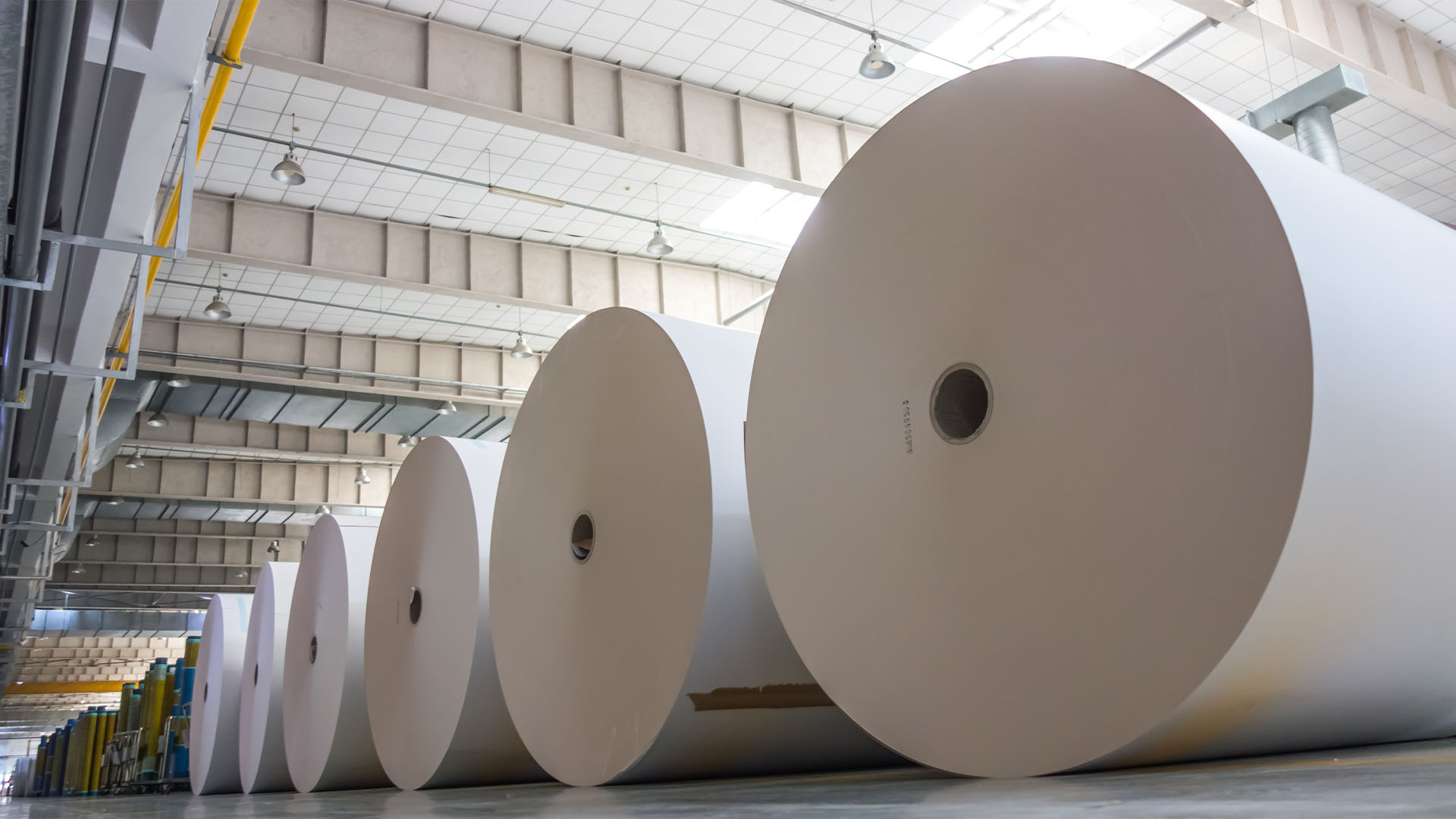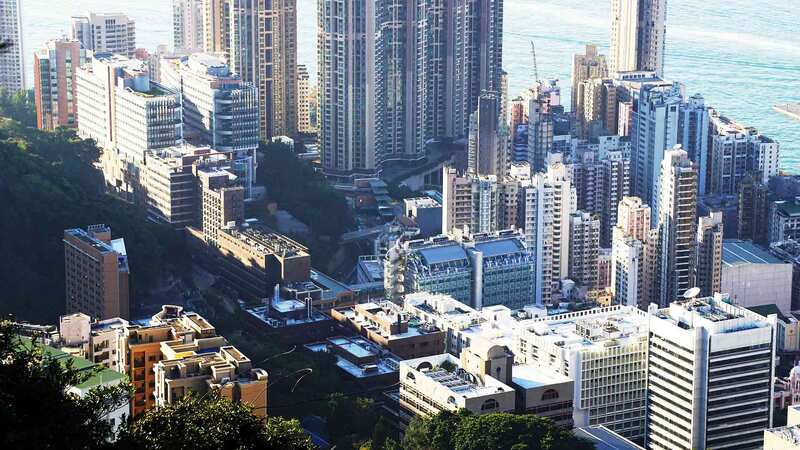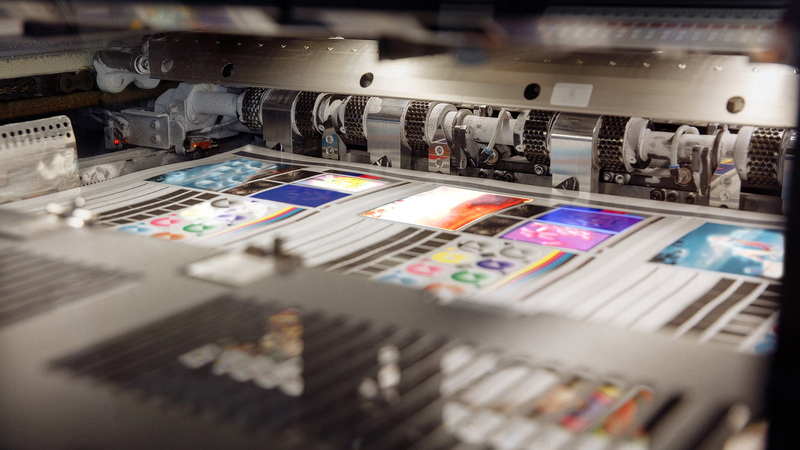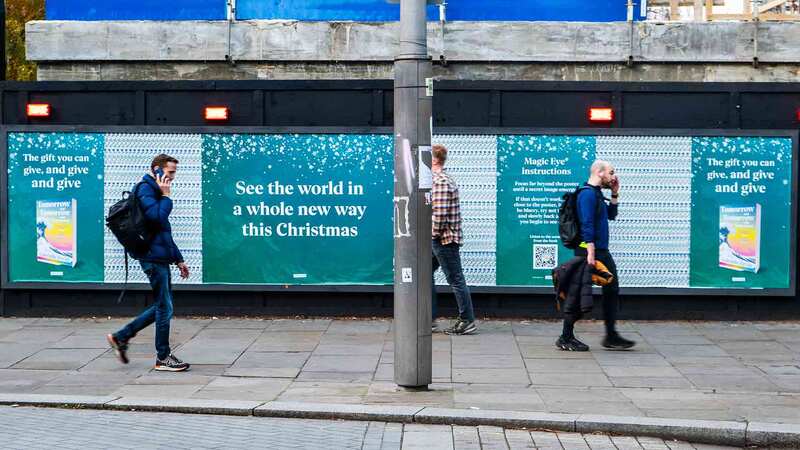You are viewing your 1 free article this month. Login to read more articles.
PRH UK phases out high-carbon paper to tackle emissions
Penguin Random House UK has introduced a cap on carbon-intensive paper for all of its publishing moving forward.
The company said the paper cap now applies to all its books and that it aims to always use the lowest-carbon paper option without affecting the quality and aesthetics of the books. It has communicated to its suppliers to use less carbon-intensive paper.
PRH UK said it will continue to review its paper cap on an ongoing basis to ensure it continues to opt for low-carbon papers as new methodology and carbon data emerges.
While the cap, across CO2 emissions per tonne of paper, is variable across territories and paper types, it is estimated that by next year, it could save more than 1,000 tonnes of carbon, representing 15% of the publisher’s paper carbon footprint in 2022.
However because this specific paper cap has been in place since July, books with the lower-carbon paper may not be available until later this year or early next year. Some of the first examples include the paperback version of Mya-Rose Craig’s Birdgirl (Vintage), as well as the reprint of Jamie Oliver’s Christmas Cookbook (Michael Joseph), both using lower carbon paper. For every 1,000 copies of these books manufactured, the cap will save more than one tonne of carbon.
Around 40% of Penguin Random House UK’s emissions currently come from the paper production process. To help implement the change to low-carbon paper, the publisher aims to work directly with printers and paper mills, supporting its suppliers to create carbon-reduction plans.
The company said: “This step will help take Penguin Random House UK one step closer to meeting its global target to be climate neutral by 2030, a target informed by the global Science Based Targets initiative (SBTi).”
The cap builds on other sustainable developments made by the publisher in the past few years, such as its first sustainability report in December 2021 and the introduction of the Sustainable Production Toolkit in January 2022 which helps production, design and editorial teams understand the environmental impact of book production choices.
It also accompanies a "Book Carbon Calculator", which provides a carbon intensity figure for specific suppliers, papers, book formats, weights and travel of the book.
“Together, these tools have empowered staff to place environmental impact at the heart of decision-making when publishing books and have led to a 5% drop in emissions from printers and paper mills in 2022, compared to 2021,” PRH said.
Dan Edwards, publishing operations director at PRH UK, said: “It’s absolutely vital for us to reduce our product emissions to enable us to meet our 2030 Climate Neutral SBTi target. Paper and printing comprise three quarters of our impact.
“With the engagement of our teams and the support of our global network of suppliers, we can produce increasingly lower-carbon books, meeting the challenge of the climate and biodiversity emergency.”
Earlier this month, Springer Nature Group revealed its climate action progress, in particular how its net zero targets have been validated by the SBTi.


















